As Q1 draws to a close, brands need to take stock of their YTD Amazon performance and make strategic adjustments for the rest of the year.
But which metrics should be reviewed? And what action items should be prioritized over the following quarter? Finding the time to do a proper deep dive can be a real challenge.
Since Bobsled was established in 2015, our clients have absolutely adored our 90-day performance and strategy reports. We draw attention to the wins and losses from the prior quarter, and map out exactly how we intend to drive growth in the future.
Want to learn exactly what goes into our quarterly Amazon account audits? Read on!

Review sales and traffic data
Compare sales from the most recent quarter to the same quarter from the previous year. Even if your Amazon product catalog has not changed, you should still be seeing some type of YOY sales growth. This is because your products will have more tenure on the marketplace, and this generally translates to more customer reviews and better BSR (Best Seller Rank).

Take a look at the revenue and unit sales for your Top 5 ranking products. These are the ASINs doing most of the heavy lifting – it’s crucial they stay in stock.
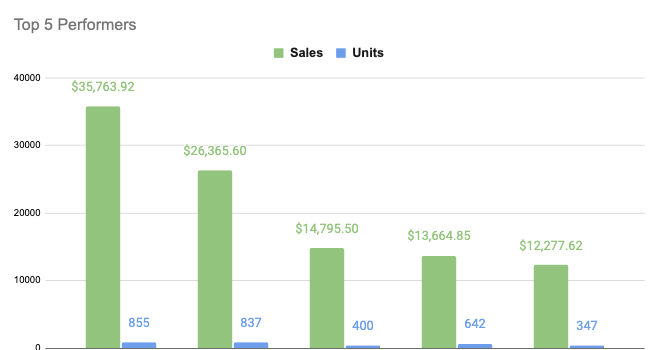
Analyze total traffic and conversion rate. These data points can provide you with valuable insight about shopper intent at different times of the year.
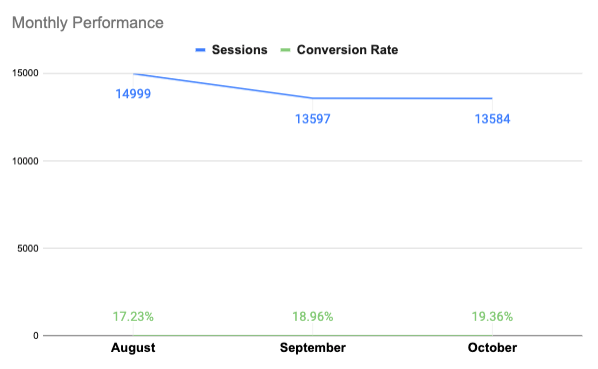
Amazon’s B2B business is growing at a rapid rate. Don’t forget to factor your B2B performance into your quarterly review.
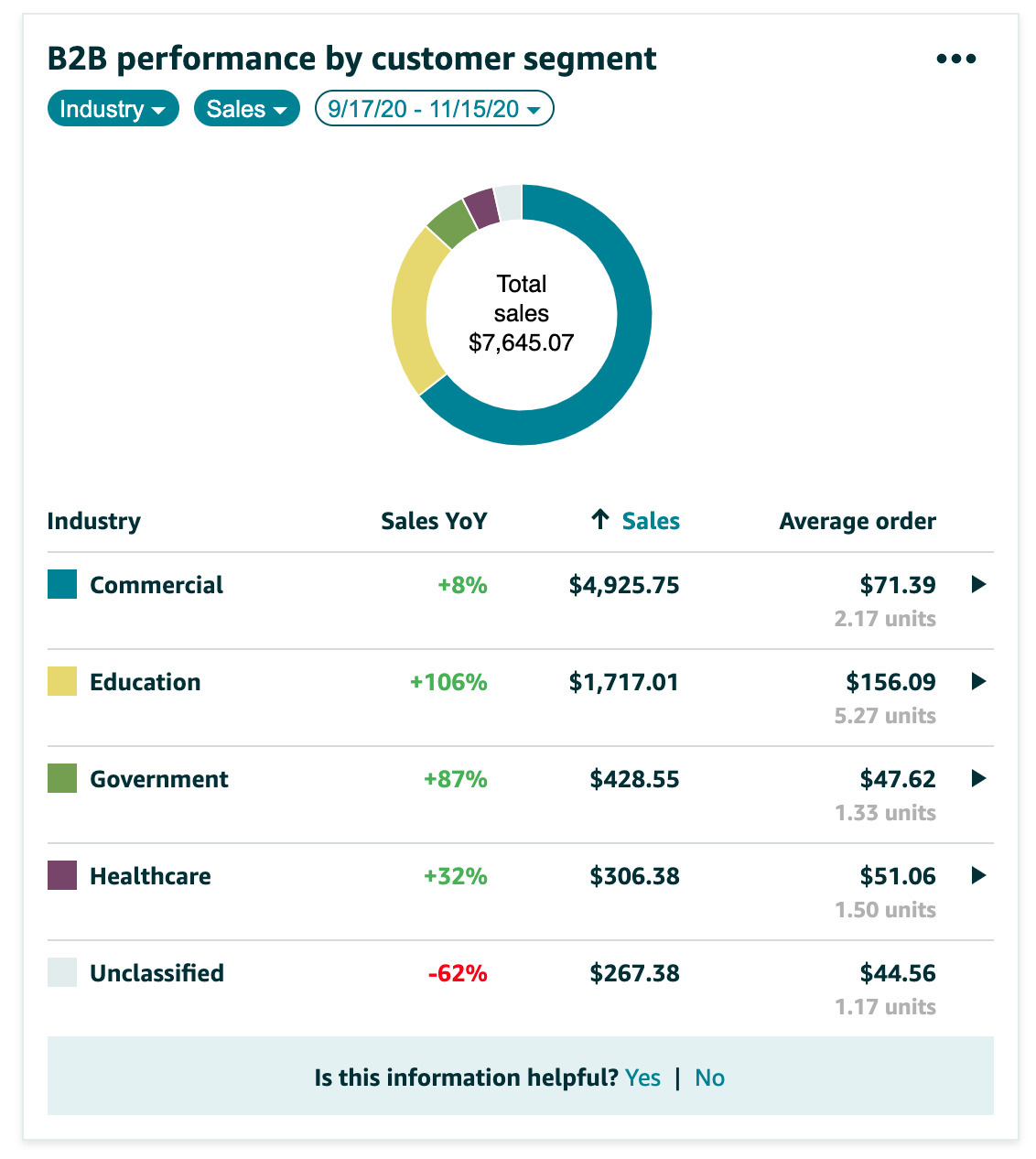
Promo and advertising metrics
Appraise the results of any key promotions that ran during the prior quarter.
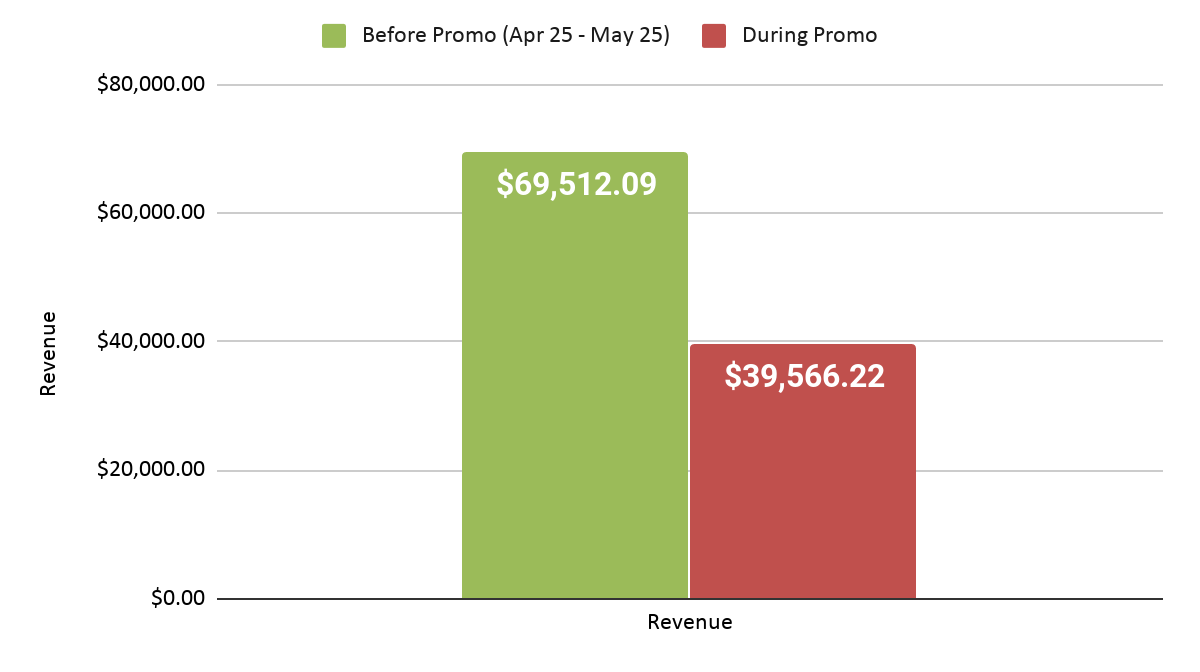
Review advertising performance from the prior 90 day period. Figure out what percentage of total sales is coming directly from advertising, and whether this ratio correlates with past quarters.

And don’t forget to analyze your 90-day Amazon DSP performance too. DSP advertising targets on and off-Amazon audiences that are typically higher up the decision-making funnel. This is why you need to compare DSP and PPC metrics separately.

Check out Amazon DSP Retargeting – The First 30 Days
Why Bobsled?

- An Amazon-focused digital agency established in 2015
- 40 team members who share best-practices across industries, programs, and processes
- Works with 70 mid-market Vendors & Sellers across Amazon’s key western markets
- Thought leaders in the space, including a Weekly Forbes column by CEO Kiri Masters, and named by Business Insider as one of 18 top Amazon solution providers
- Direct Partner relationship with Amazon Advertising, providing early access to beta programs, benchmarks, and best practices
Operational metrics
A quarterly review is a good opportunity to analyze inventory management performance. Start with the Inventory Performance Index, which should be in the healthy green range.
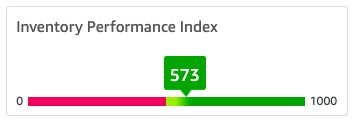
Returns and refunds can really stunt your growth on Amazon. Identify how many units were impacted over the prior quarter.
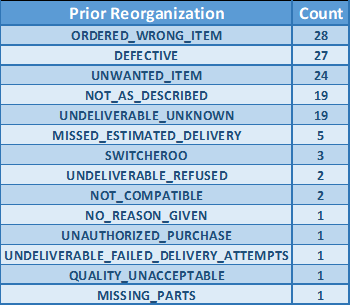
Many brands on Amazon have to compete for the Buy Box on their product listings with other sellers. Failure to control the Buy Box will undermine your PPC performance and slow overall growth. Aim for at least 90% Buy Box ownership across your entire catalog.

You should also run an Inventory Age report to ascertain whether there is a risk of incurring any LTSFs (Long Term Storage Fees). Hopefully the result is 0 for all of your ASINs, but if not, consider removing, liquidating or destroying those units to limit LTSFs.

Check out The Complete Guide to FBA Fees
Order and demographics analysis
Bobsled recommends running Repeat Purchase Behavior, Market Basket Analysis and Item Comparison reports when conducting quarterly reviews.
Analyzing customer behavior can help brands make informed decisions when it comes to Promotions (e.g. BOGOs, Coupons) & Virtual Bundles. By putting the items that shoppers often buy together or contemplate buying in a BOGO or a Virtual Bundle, brands can increase their average order value.
Amazon also provides useful customer insights across demographics such as Gender, Age and Household Income. These data points can be extremely helpful for brands looking to reach more potential customers through DSP.
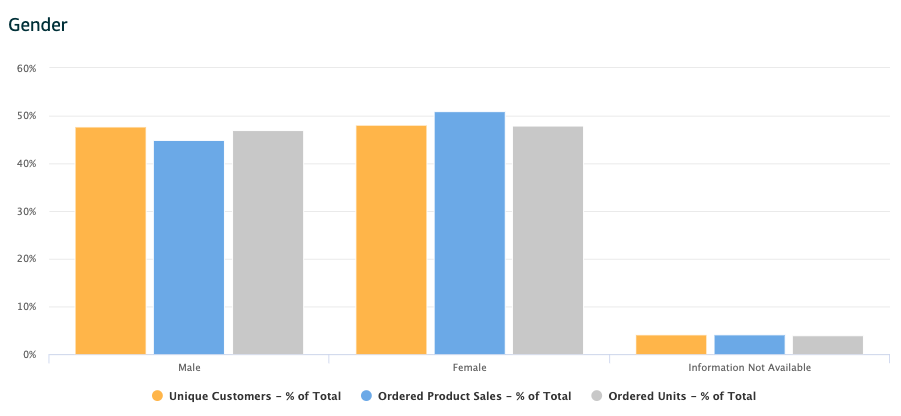
“Bobsled is a very professional, responsive asset to our Amazon strategy. We chose to work with Bobsled to help us grow our business on Amazon and to maneuver through the Amazon structure. They are responsive, professional, knowledgeable and contributed to our Amazon growth. They have assisted us with negotiating our Amazon terms, strategizing pricing, review response, brand presence and be more visible and outbidding our competition.”
— Nancy Nelson, TV Ears

Looking ahead
You’ve successfully compiled all the relevant performance data from the last quarter. Congrats! The next step is to carefully map out the upcoming 90 days.
1. Operations
- Will you be adding new products to your Amazon catalog? If so, what does your product launch plan look like?
- Do you have the next 90 days under control from an inventory management perspective? If you are expecting FBA inventory shortfalls, do you have a back-up inventory management solution ready to go?
- Are there any anticipated periods of peak traffic on the immediate horizon? Are you prepared to deal with a surge in customer service demand during these periods?
2. Brand Protection
- Identify how you can improve your Buy Box percentage for crucial ASINs within your catalog. This may involve reconfiguring your reseller relationships, improving inventory availability metrics and/or adjusting your selling price.
- Run regular Share of Shelf reports to measure how you’re tracking in terms of organic and paid performance versus competitors within your niche across key search terms
- Analyze the product listings of best sellers within your category – is there a way you can differentiate your listing content to improve CTR and on-page conversion?
3. Organic Marketing & Promotions
- Is poor product listing content causing an unacceptably high level of returns and refunds? Map out an optimization schedule focusing on problem ASINs.
- What promos will you be running over the next 90 days? Can you reboot successful old promos or do you need to start afresh?
- When was the last time you updated your Amazon Storefront? Improving Storefront content can help boost traffic and conversions.
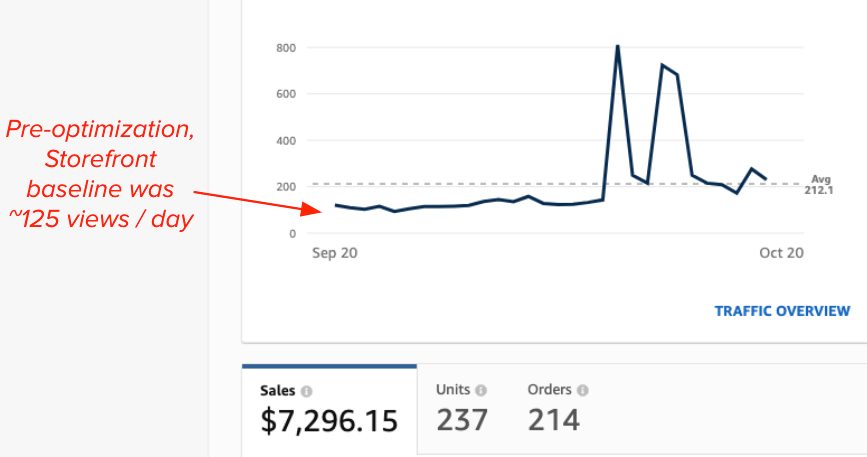
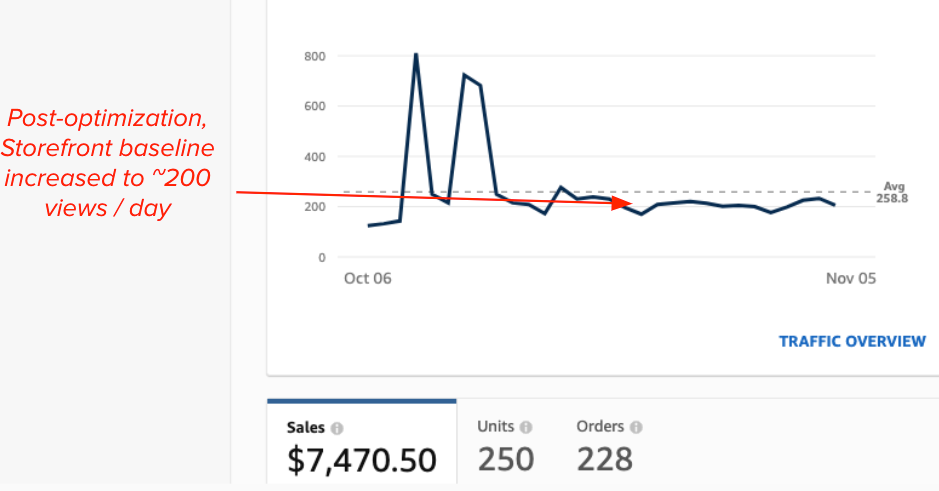
Check out Best Amazon Brand Stores: Tips, Mistakes and Examples
4. Advertising & DSP
- Map out your Top 5 PPC optimization goals for the next quarter, make a plan to implement the required changes.
- Top Amazon sellers allocate at least 5-10% of your ad budget to more experimental ad types and PPC strategies. To find the budget for this type of experimentation, you may need to make existing campaigns run even leaner.
- Feel like you’ve hit a point of diminishing returns with Amazon PPC? It could be the right time for you to explore DSP. Learn more – Amazon DSP Case Study
What gets measured gets managed
Quarterly reports are useful because they allow brands to be proactive about their Amazon presence. However, finding the time to take stock every 90 days is easier said than done.
If you could benefit from a team of experts reviewing your Amazon account get in touch below!
Book a free consultation with one of our experts!
{{cta(‘0825dfed-dfd0-4c96-bfc0-9b14009fed23’)}}
